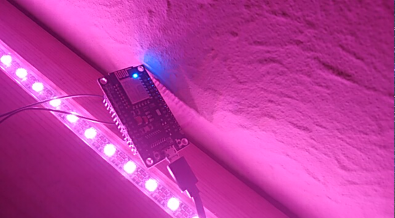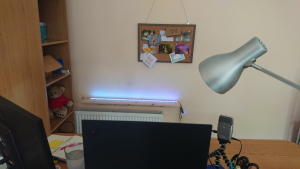There are a couple of specific web pages I use in separate windows from my other browser tabs, so I can always find them. However this quickly leads to a too-many-browser-windows problem. Instead, I have been turning them into basic standalone applications with a javascript tool: nativefier and I thought I’d share my recipes. Continue reading
15 Sep
2020


